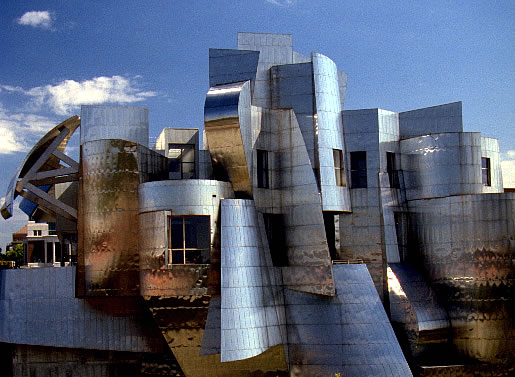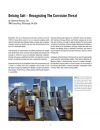Deicing salt is very corrosive to construction materials and its use has been growing internationally. Download an informative article on the latest research and learn how to select appropriate metals for climates that are exposed to snow or ice:
Deicing Salt - Recognizing The Corrosion Threat
Worldwide, the use of deicing salt has been common since the 1960’s in areas where snow or ice is a seasonal roadway safety hazard. Automobile and highway bridge corrosion and ecosystem changes caused by deicing salt are well documented and the focus of considerable study.
Unfortunately, the deterioration of building materials has largely been ignored due to the common misconception that deicing salt damage is limited to areas immediately adjoining roadways. Deicing salt poses a significant but often unrecognized corrosion threat to architectural metals and other construction materials.
Seasonal deicing salt accumulations have been documented up to 1.9 km (1.2 miles) from busy roadways and as high as the 59th floor of a high-rise building. Whether a project is located in Asia, Europe, the Americas, or New Zealand, deicing salt exposure is a possibility. Seasonal deicing salt exposure in ‘snowbelt’ cities (e.g. Düsseldorf, Germany, Chicago, Illinois, and Toronto, Canada) can be very high and corrosion can begin to appear quickly if the wrong metal is selected. Sometimes corrosion begins during warm periods in the first winter of the installation’s first year. Inland cities with mild winters, like Beijing, China, or Nashville, Tennessee, also have at least localized salt exposure because deicing is used to combat freezing rain.
Inadequate understanding of deicing salt can lead to inappropriate metal selection and premature failure. Frank Gehry’s Weisman Art Museum illustrates that success is readily achievable, but specifiers must be aware of recent research on the severity of the deicing salt problem, corrosion principles, comparative metal corrosion rates, and common deicing myths.


